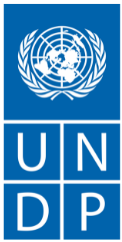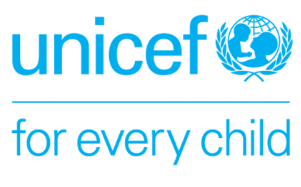The world has faced a series of unprecedented challenges over the past two years. The immediate and lasting consequences of the Covid-19 pandemic, the ongoing conflict in Ukraine and rising inflation, interest rates and food and commodity prices have made the goal of achieving the 2030 Sustainable Development Agenda and the Paris Agreement even harder.
At the country level, these shocks have constrained public and private actors’ ability to mobilise resources and invest in recovery and progress toward the Sustainable Development Goals (SDGs). In many developing countries, fiscal space has declined, debt positions deteriorated, private investment fallen and access to international markets dropped, all while financing needs and risks have grown.
The state of integrated national financing frameworks in 2022 | Report
To overcome these financing obstacles, countries are increasingly looking for new ways to manage ongoing shocks while advancing national sustainable development objectives and Covid-19 recovery.
Currently, eighty-six countries are using integrated national financing frameworks (INFFs) to shape strategies for financing their sustainable development priorities. Countries are advancing INFFs in different development settings, including 70% of least developed countries, 60% of middle-income countries and almost half of all small island developing states.
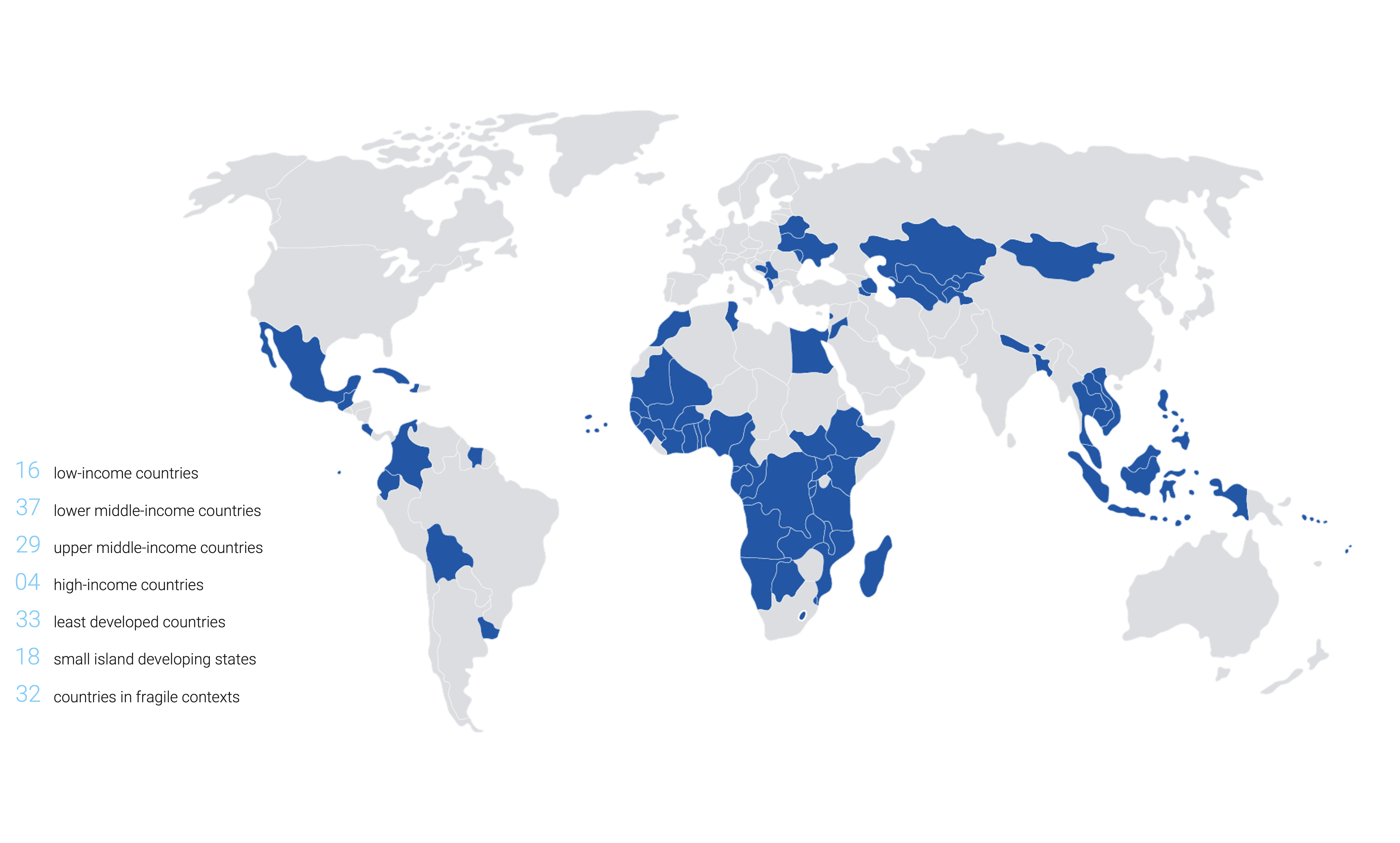
INFFS: A platform for broader engagement
Governments have institutionalised INFFs through oversight committees that sit at the nexus of planning and financing policymaking. Most are led by ministries of finance and planning. Some committees include private sector or civil society members, while others engage these actors alongside international financial institutions and development partners through financing dialogues.
Private sector perspectives give insight into the blockages and opportunities for unlocking SDG-aligned private capital. Civil society engagement is crucial for INFFs to realise their potential as drivers of financing for inclusive recovery.

Building a strong evidence base
Strengthening sustainable development financing requires a strong evidence base across an often diverse financing landscape at the country level.
Eighteen countries are using the INFFs to cost their national development plans for the first time, with others updating or expanding existing estimates to consider private finance needs.
More than fifty countries are using development finance assessments to bring evidence of financing needs together with analysis of financing trends, opportunities, risks and constraints.
These assessments and financing dialogues inform INFF roadmaps that set out how countries will develop financing strategies and improve the governance, collaboration, monitoring and accountability of financing. Fourteen countries have agreed on an INFF roadmap to date.
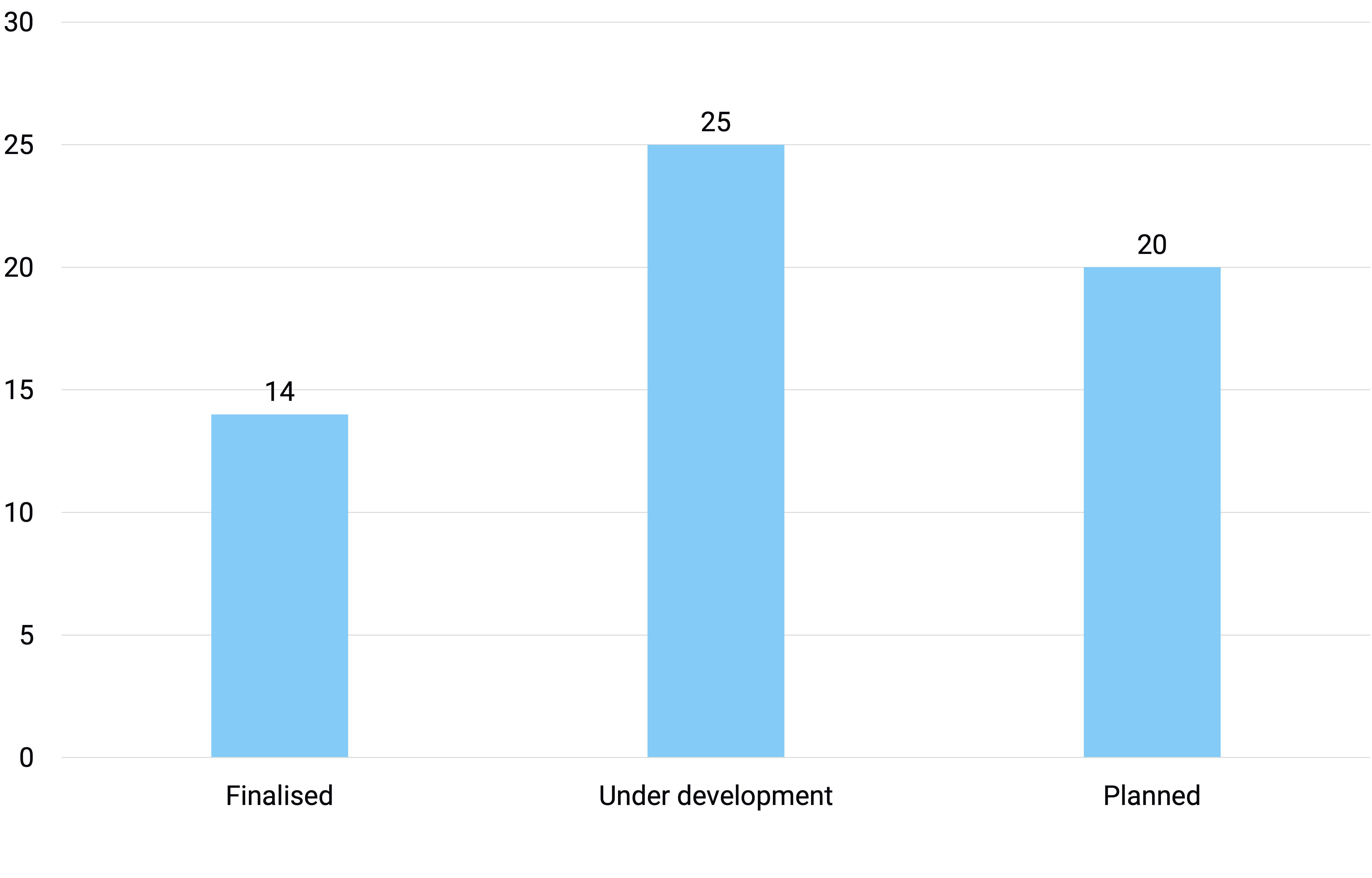
Financing strategies are at the centre of an INFF
Financing strategies connect sustainable development aspirations with the investments needed to achieve them. For many countries, these strategies bridge an existing gap between the planning and financing spheres of government.
Through INFFs, thirty-nine countries will develop a financing strategy for the first time. Twenty-five are strengthening an existing financing strategy, typically to consider the role of private capital in financing sustainable development objectives.
As of July 2022, twenty-one countries are in the process of developing and negotiating their financing strategy. A similar number are expected to develop their strategies over the coming year.
Distinctions and commonalities across country-specific financing strategies
Each financing strategy is different, crafted by national institutions in response to the context, priorities and ways forward identified through dialogues at the national level. From those emerging to date, there are some broad differences and common features.
Most financing strategies are linked to a medium-term national plan, supporting aspirations across economic, social and sustainable objectives. Some relate to a medium-term plan but focus on specific priorities. In Bangladesh, for example, the financing strategy will support the 8th Five Year Plan, focusing on climate finance, renewable energy and water and sanitation. In Gabon, the financing strategy supports the “Green Gabon” agenda to shift from an extractives-based economy to a greener economic model.
Many financing strategies respond to specific resource mobilisation targets. In Mongolia, the financing strategy is designed to meet the $15.7 billion cost of the 2022-2025 medium-term development plan. In others, financing strategies are pitched at a higher level, aiming to catalyse structural shifts in the financing landscape. In Namibia, the financing strategy will support the long-term national vision, driving forward reforms to shift the way financing is invested.
A growing number of countries are connecting climate commitments with their INFFs. Thirteen are addressing priorities for financing their nationally determined contributions (NDCs) to the Paris Agreement within their INFF. NDCs are prioritised in national plans and supported by financing strategies in another sixteen countries.
While the objectives, use and approach of each financing strategy differs, some key features are common across all.
Financing strategies are country-led and aligned to the national planning system. They bring a more holistic scope to financing sustainable development, strengthening coherence across the policies that govern finance. This includes medium-term expenditure frameworks, revenue strategies, debt management plans, private sector development strategies, financial market regulation, public-private partnership policies, and others, which have previously been disconnected from one another.
Critically, financing strategies are designed to be practical, providing a basis for prioritising and taking forward specific reforms that advance progress toward national sustainable development objectives.
More than 250 financing reforms have been prioritised through INFFs
Even while financing strategies are still in development, the dialogues and assessments that inform them have been used to prioritise and advance key reforms.
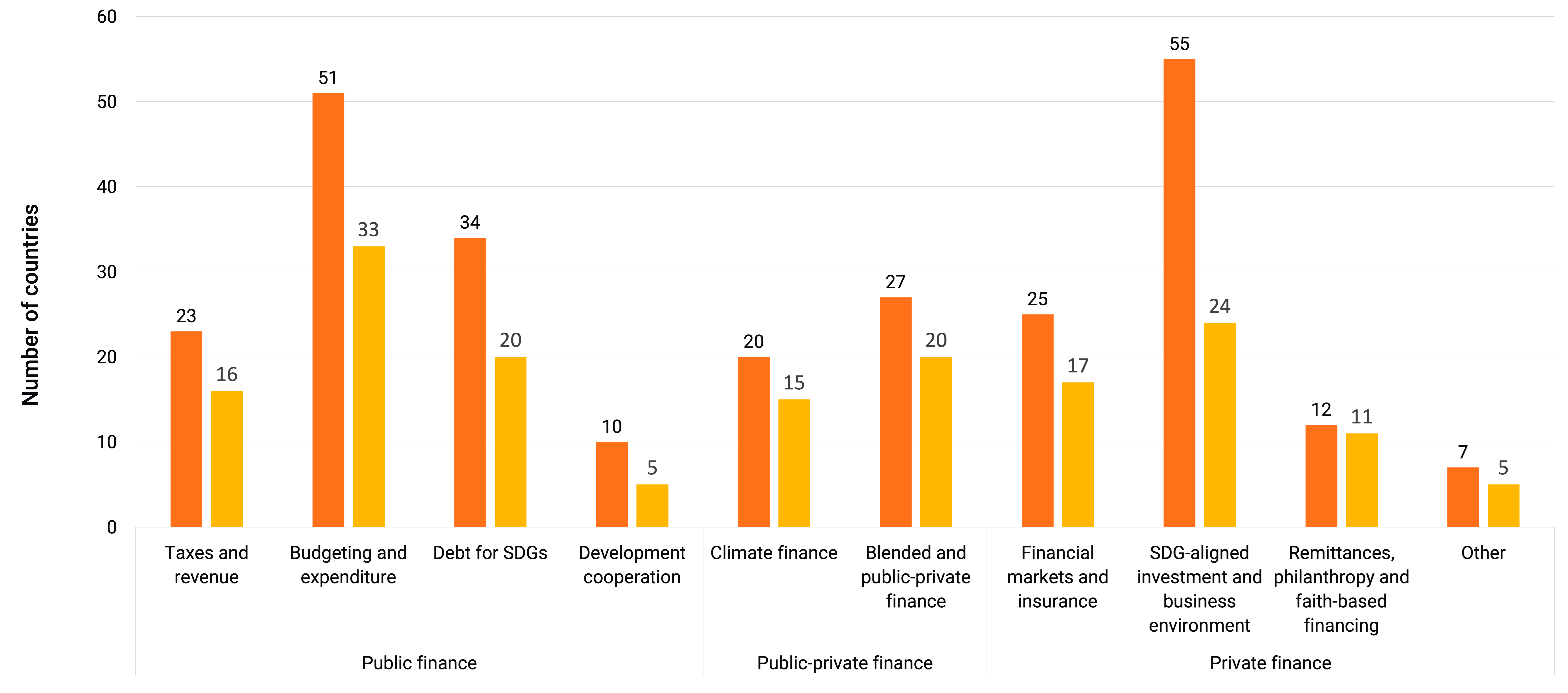
Forty-five percent of the reforms prioritised for immediate action focus on public finance. Fifty-one countries, including the Philippines, are better aligning public spending with sustainable development. Thirty-four countries are taking forward SDG-aligned debt reforms, including Uzbekistan, which issued an $870 million SDG bond in 2021. Twenty-three countries are taking forward domestic revenue reforms to mobilise and align tax revenue with sustainable development. Kyrgyzstan, for example, has introduced changes to link tax incentives worth around 5% of GDP ($380 million) to the SDGs.
Thirty-eight percent of reforms prioritised focus on private financing. Thirty-four countries are systematically mapping SDG-aligned investments and have identified and are promoting more than 340 investment opportunity areas that are both commercially viable and catalytic for SDG progress. Others are prioritising areas such as taxonomies or disclosure. In Mongolia, for example, the Stock Exchange issued new guidance to better align capital from over 200 companies, with a market capitalisation of over $2 billion, with the SDGs.
Twenty-seven countries have identified reforms that focus on blended finance, including Ghana where the government is developing a strategy for blended finance at the subnational level through the locally-led INFF approach.
More than 50 countries will strengthen different aspects of monitoring systems. Bangladesh, for example, developed a tool to measure the private sector’s impact and contributions toward the SDGs and national priority indicators and measured the contributions of more than 47 Ready-Made Garments factories to the SDGs. Uzbekistan is connecting budget and tax incentives with the SDGs, alongside the SDG bond issued last year.
Collectively, the changes identified through financing strategies add up to a significant pipeline of reforms designed to make the financing architecture at the country level more sustainable.
Looking ahead
INFF activity will continue to grow over the next 12 months.
With many countries developing financing strategies and delivering reforms at the same time, it is important they learn from each other’s experiences, innovations and lessons.
There is a high demand from countries to learn from one another, build new partnerships and access technical expertise to build new capacities and deliver financing solutions tailored to country contexts.
To respond to this demand, the United Nations Development Programme, the United Nations Department of Social Affairs, the Organisation for Economic Co-operation and Development, the European Union and the Governments of Italy and Sweden, launched the INFF Facility at the 2022 Financing for Development Forum. The Facility brokers the demand and supply of technical support, strengthens partnerships and facilitates exchanges between countries regionally and globally.
The Inter-agency Task Force on Financing for Development will continue to build on its existing INFF methodological guidance and publish deep-dive guidance on topics, including climate and the “leave no-one behind” agenda, to help countries apply the INFF approach in these areas.
As countries continue their INFF journey, the INFF Facility will continue to track progress and encourage the growing INFF community to learn, connect and share with one another. To find out more about the state of INFFs in 2022, read the full report or explore the survey data on the INFF dashboard.




.gif)





